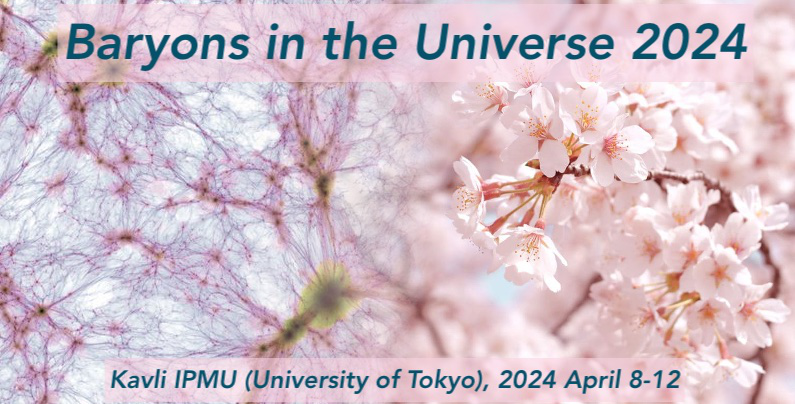Speaker
Description
This talk will focus on the new era of observing the high-redshift universe enabled by ground-based all-sky surveys and the James Webb Space Telescope (JWST). Specifically, the investigation of the intergalactic medium (IGM)/circumgalactic medium (CGM) and its correlation with local environments from cosmic noon and the reionization epoch (EoR) will be presented, highlighting the synergies between JWST and ground-based telescopes such as DESI I-II, VLT, and ALMA. I will present the CGM/IGM-galaxy correlation study using data from one JWST GO program, 'A Spectroscopic Survey of Biased Halos in the Reionization Era (ASPIRE),' and VLT/Xshooter. The results tentatively indicate that the ionization state of the patchy IGM/CGM at EoR has significant field variation and may strongly affect the assembly of young star-forming galaxies. The relative abundances probed by different ions in the CGM suggest that we may be witnessing the contribution of the first generation Population III stars to the CGM at the end of the reionization epoch. I will also present the results from exploring the correlation between the gaseous halo and galaxies at cosmic noon using DESI (and early DESI-II data) and photometry data in the COSMOS field. The cool and warm gas traced by MgII and CIV absorbers, and their correlation with galaxy counterparts and large-scale structure. It is found that the covering fraction of strong MgII-selected galaxies shows significant evolution in main-sequence galaxies and marginal evolution in all galaxy populations within 250 kpc at 1 < z < 2.2. In summary, this talk suggests that the environment may play a significant role in CGM/IGM gas metal origin at 2 < z < 6. At z > 6, the IGM/CGM physical metal abundances are strongly affected by local galaxies stellar feedback and star formation history.

